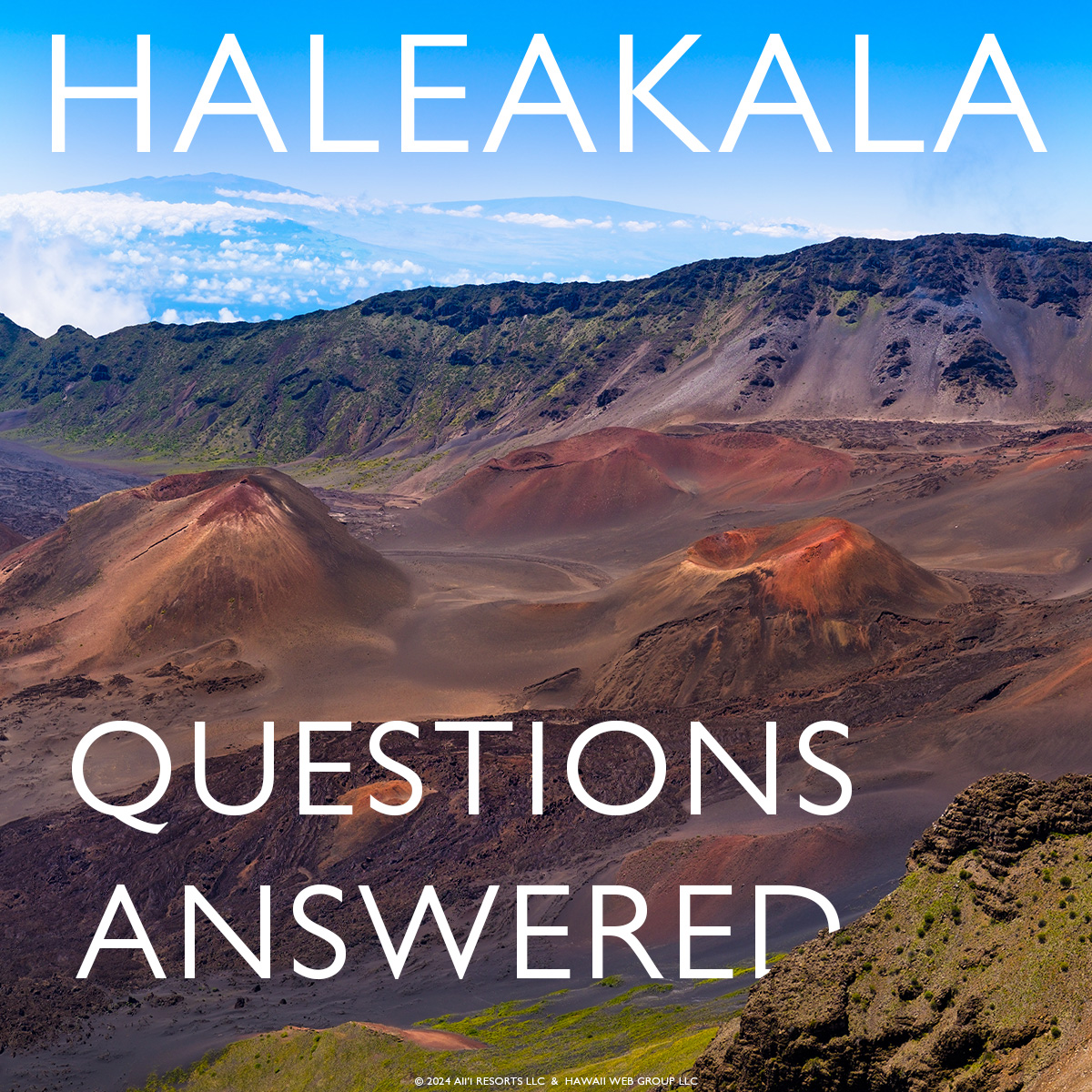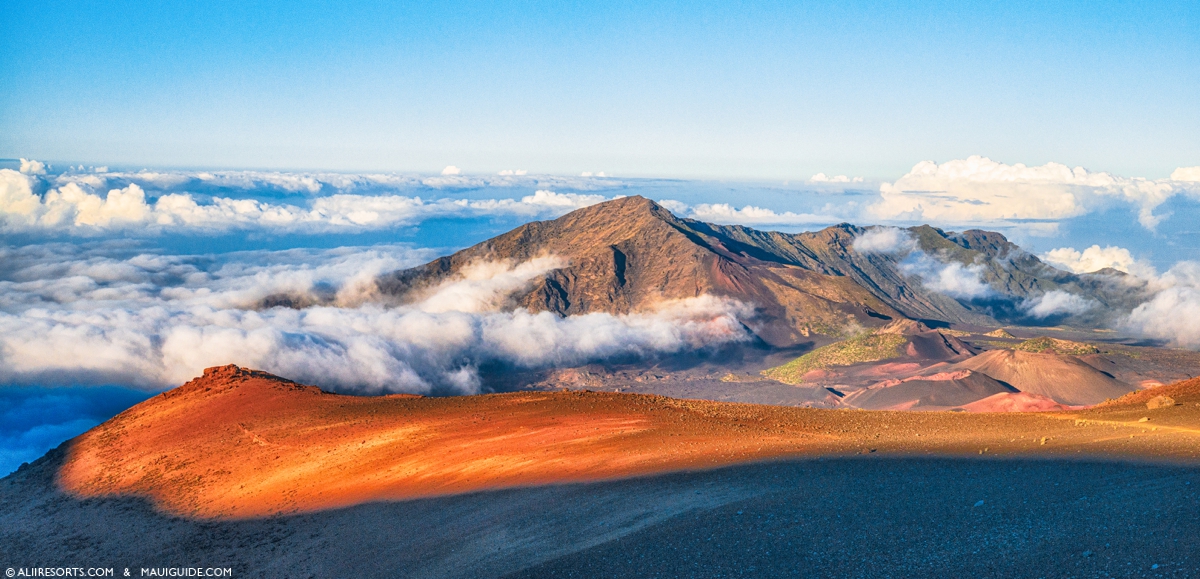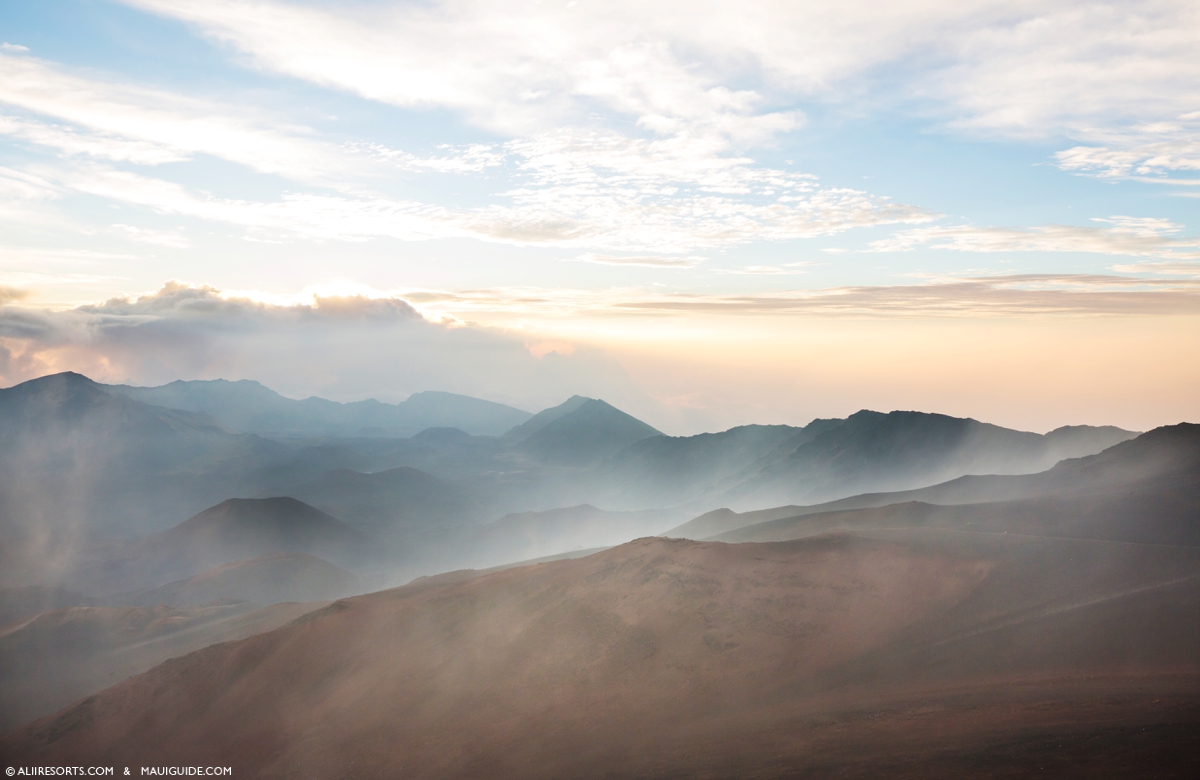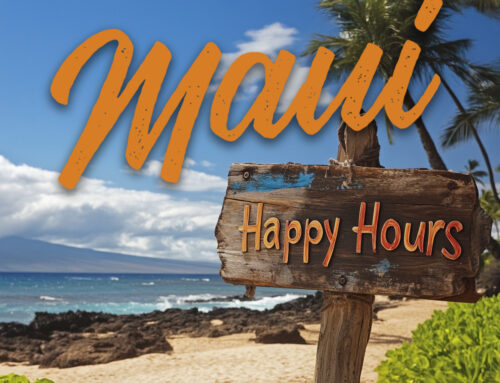Encompassing a massive part of our spectacular island, Haleakala National Park emerges as a destination of extraordinary natural beauty and cultural significance. Let’s dive into five fascinating facts about the park as well as answer your most common queries, ensuring your visit is both enriching and memorable.


Five Intriguing Facts about Haleakala National Park
- Biodiversity Haven: Haleakala National Park is distinguished as the home to one of the highest number of endangered species among U.S. National Parks. This rich biodiversity traces back to species that arrived around 30,000 years ago. A notable inhabitant is the Haleakalā Silversword, a plant classified as threatened since May 15, 1992 by the U.S. Fish and Wildlife Service. Visitors can spot this unique and protected species in the summit parking lot.
- Geological Marvel: Haleakala is a colossal shield volcano, shaping a staggering 75% of our Hawaiian Island landscape. Its imposing presence is a testament to the island’s dynamic geological history.
- Sunrise Sanctuary: The name Haleakala translates to “house of the sun,” apt for a site standing majestically at an elevation of 10,023 feet above sea level. The park offers a celestial spectacle, particularly at sunrise and sunset.
- Volcanic Legacy: The last volcanic activity in Haleakalā dates back to 1790, marking three eruptions in the past 900 years (this is contested). Despite its smaller size compared to other volcanic craters, Haleakalā is not extinct but dormant, residing in a volcanic mountain. It’s considered dormant, even though it’s likely to have one more pop.
- Ecosystem Journey: The drive to Haleakala’s summit is an ecological odyssey, akin to traveling from Canada to Mexico. This journey through various ecosystem zones is a testament to the park’s diverse natural environments.


Frequently Asked Questions about Haleakala National Park
- Travel Time: From Kahului, expect over an hour to reach the park entrance, with an additional 30+ minute journey to the summit. To reach the Kīpahulu area past Hana, expect at least a three-hour drive from Kahului.
- Weather Conditions: To prepare for your visit, check the Haleakala weather page for current conditions. Regardless, it’s best to bring warm clothing, layers which you can strip in and out of.
- Park Accessibility: Haleakala National Park is open around the clock, every day of the year (unless is snows heavily). Visitor Centers have specific operating hours for further assistance.
- Permits: Reservations are required for programs, sunrise entry between 3am and 7am, as well as camping. Wilderness cabin permits operate on a lottery system that book 6 months in advance and are almost always booked up.
- GPS Directions: For navigation, refer to the park’s directions page. The Summit Area entrance is located at 30,000 Haleakala Hwy, Kula, HI 96790, and the Kipahulu Area entrance at Mile Marker 42 Hana Hwy, Hana, HI 96713.
- Guided Activities: For a more immersive experience, there are a number of commercial tours within Haleakala. Choose from guided hiking tours, sightseeing van tours, stargazing tours, and even biking down from the park entrance.
- Essential Items to Bring: A sweatshirt or light jacket (it gets COLD), flashlight if coming when dark, binoculars, water, light snacks, and a hot beverage in a thermos are recommended, especially for sunrise or sunset visits.


Haleakala National Park is not just a natural wonder but a sacred space where ancient and modern Hawaiian cultures intertwine, protecting the bond between land and people. The park’s commitment to preserving endangered species and its unique geological and ecological features make it a destination unlike any other. A visit to Haleakala is an opportunity to rejuvenate your spirit and connect with the profound beauty and history of this remarkable place.







